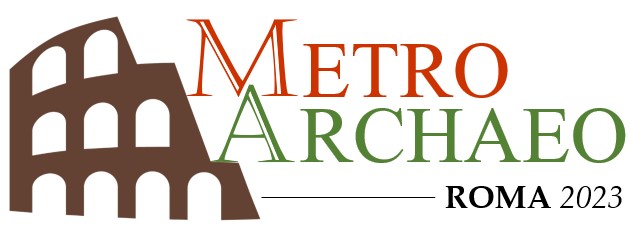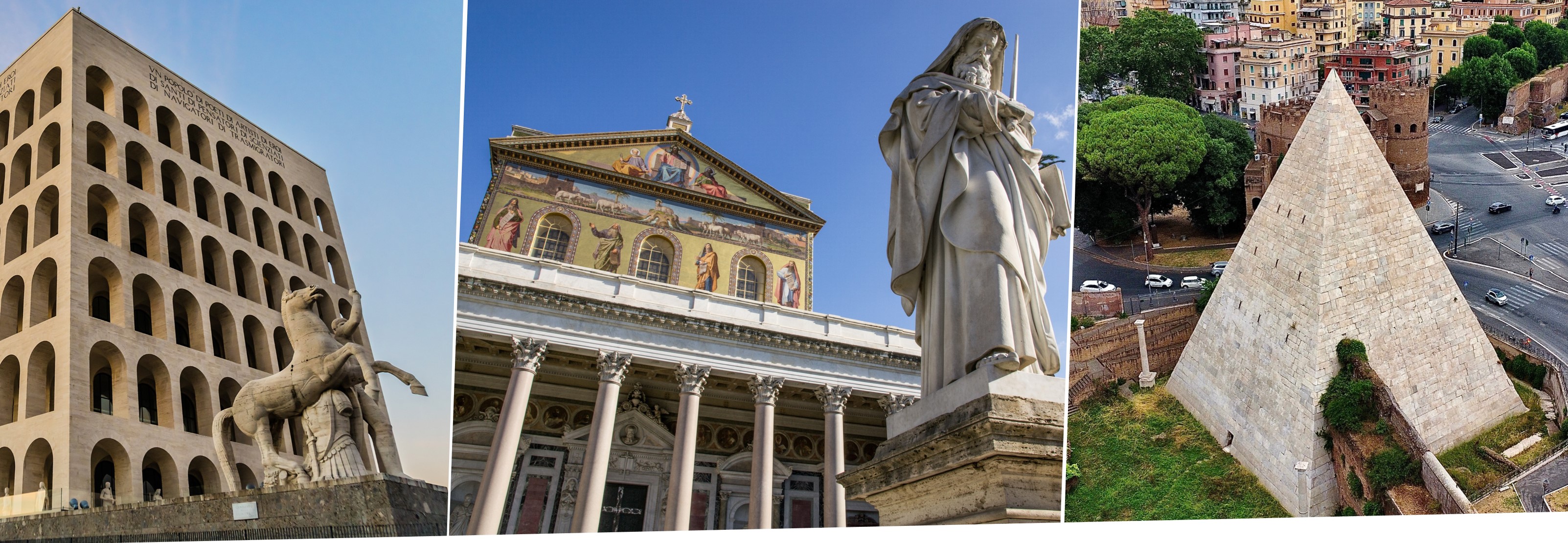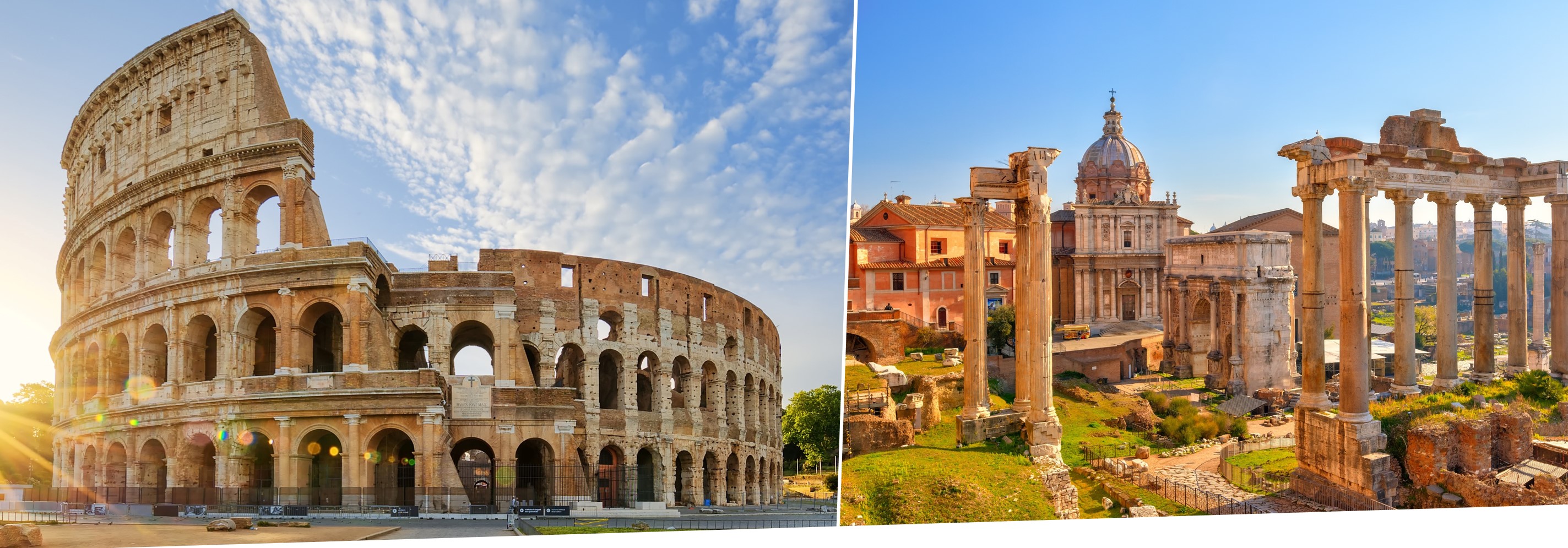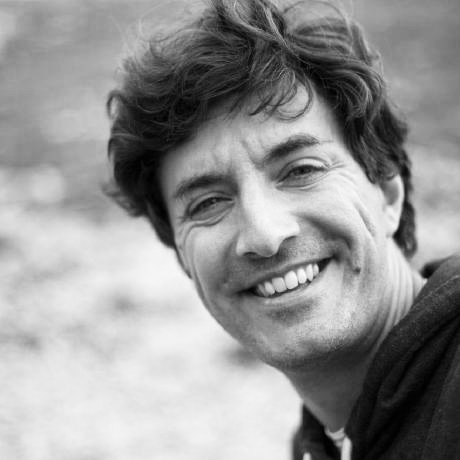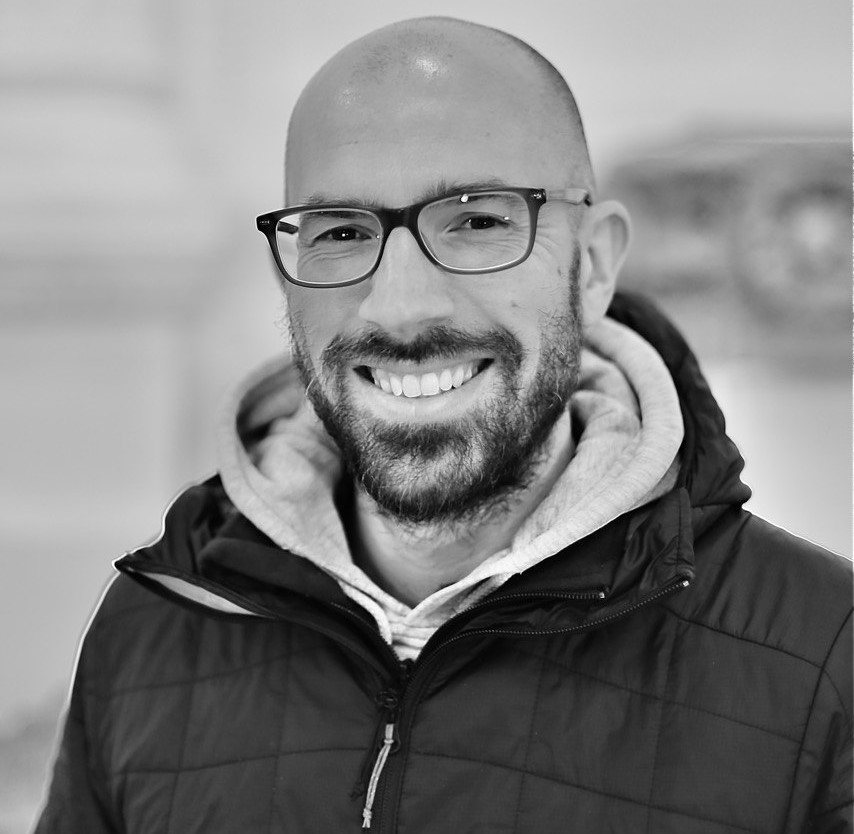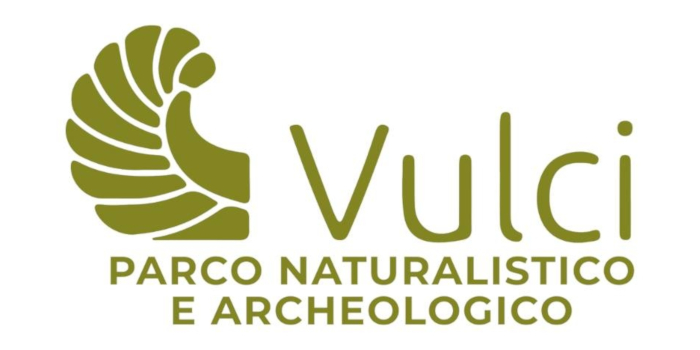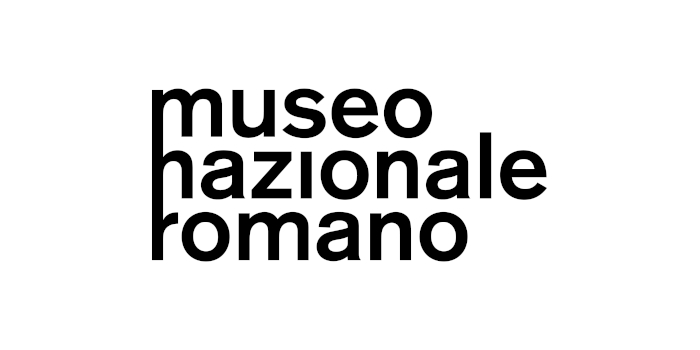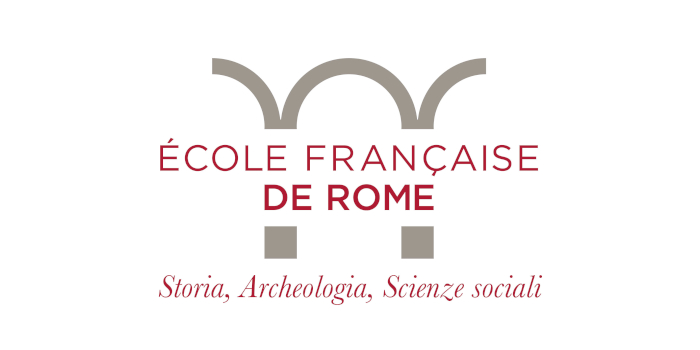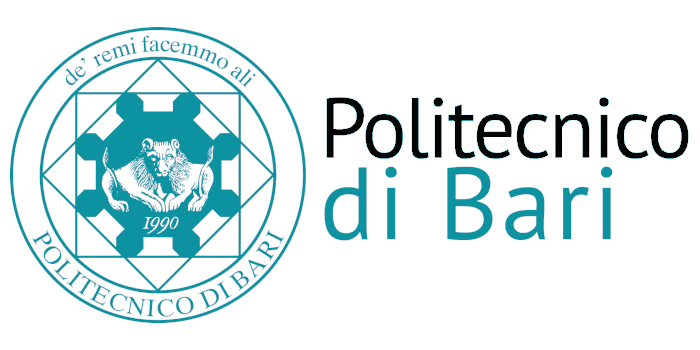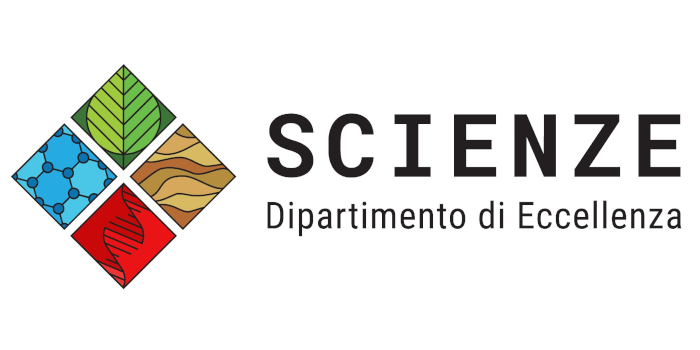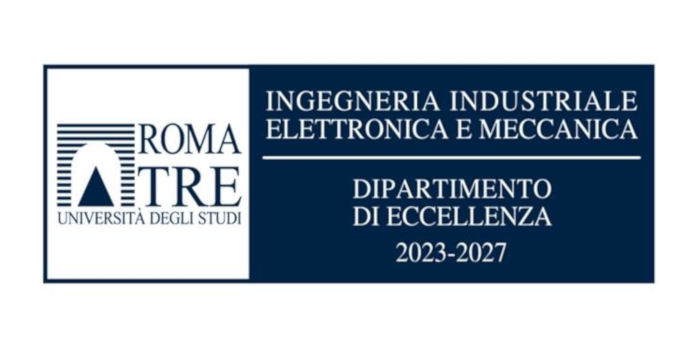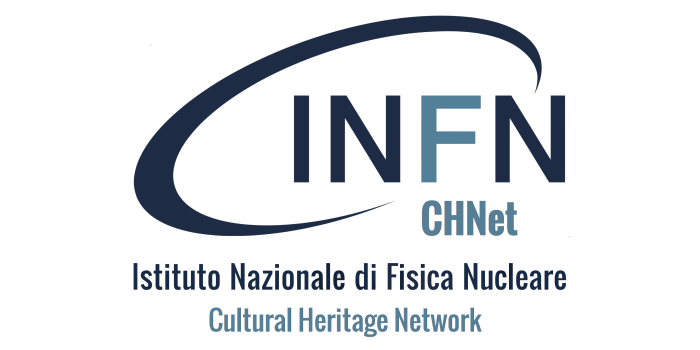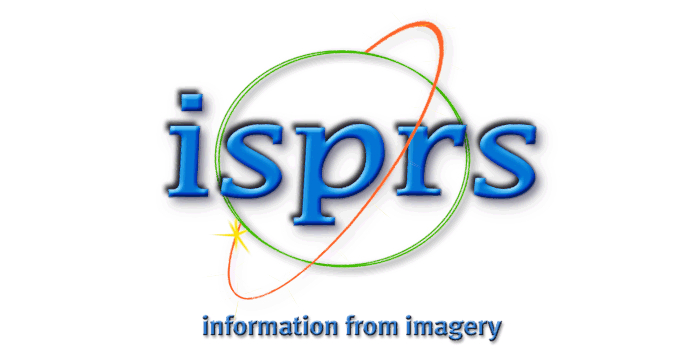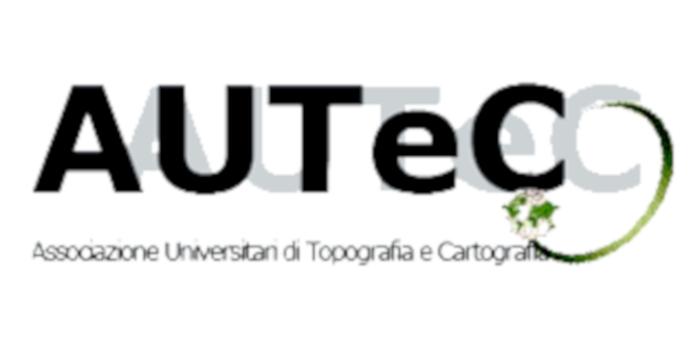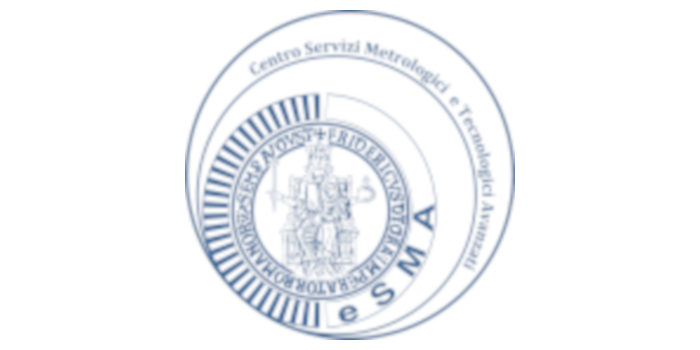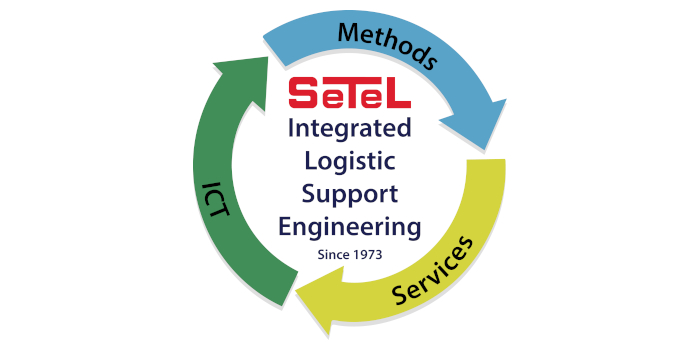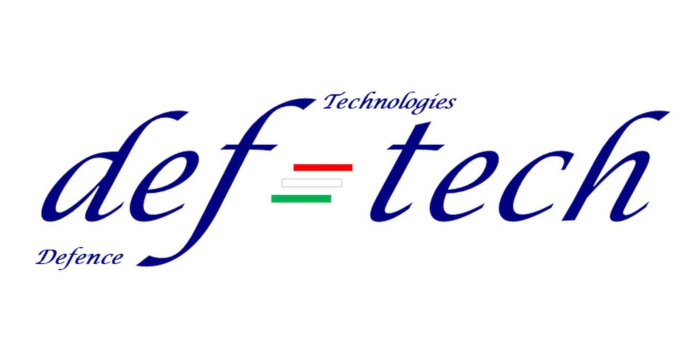SPECIAL SESSION #27
How do we measure scientific reliability? Semantic approaches and software solutions for 3D virtual reconstruction in archaeology
ORGANIZED BY
Emanuel Demetrescu
CNR-ISPC, Italy
Simone Berto
CNR-ISPC, Italy
Eleonora Scopinaro
CNR-ISPC, Italy
ABSTRACT
In recent years Cultural Heritage has benefited from the undisputed development of Digital Technologies, both for analysis and enhancement purposes. This scenario, especially in the field of archaeological research, has allowed the consequent development of new instruments, digital tools and approaches in the theoretical and operational framework of 3D survey and virtual reconstruction.
Within this panorama, virtual reconstructions are often identified as “artistic” or “aesthetic” endeavours, rather than scientific products. In most cases, this tendency is because reconstructive sources as well as how they have been used within the scientific process are not declared.
Accuracy, transparency, and reliability are key concepts in virtual reconstruction, especially the ones realized for scientific purposes, so it is necessary to combine quantitative and qualitative approaches.
In order to discuss methods and solutions to scientifically annotate sources (direct and indirect) and analytical processes for the virtual reconstruction of archaeological sites, within a “metrological approach”, this session focuses on the semantic enrichment of 3D models, representing scientific hypotheses and their transformation during the time, as a reference tool to create a common framework for the community.
This perspective implies quantitative analysis of the sources involved within a reconstructive process, data reliability, data comparison of different documents with varying degrees of metrical accuracy, use of measurable criteria along the processes of analysis, data interpretation, and dissemination of virtual reconstructions with related information.
MAIN TOPICS
Main topics include, but are not limited to:
- solutions for creating, exploring, measuring and sharing scientific 3D reconstructions in archaeology;
- inter-disciplinary approaches for the documentation of archaeological contexts;
- representation of reliability for virtual reconstruction;
- semantic methods for mapping, representing and sharing 3D reconstructions and linked information (i.e.: Extended Matrix language or similar);
- implementation/improvement of reconstructive pipelines;
- Data FAIRification and Open Source solutions applied to virtual reconstruction processes.
ABOUT THE ORGANIZERS
Emanuel Demetrescu, PhD in Archaeology, is a researcher at the Institute of Heritage Science - National Research Council of Italy. Specialist in Digital Archaeology, Building Archaeology, UAV pilot, Python developer, digital artist, expert of 3D survey and 3D source-based modelling, his main research regards the creation of theoretical and methodological links between the scientific record in Cultural Heritage and creative industries (3D digital libraries, virtual museums, Open World games and VR experiences). He is a member of the Editorial Board of the international journal Digital Applications to Archaeology and Cultural Heritage (Elsevier). He is a member of the scientific committee of the international conference ArcheoFOSS (Data, formats, software and free/libre hardware for Archaeology) and a founding member of the association of the same name. Since 2003 he has participated in excavations and 3D survey in Italy, Greece, Romania, Montenegro, Cyprus. Since 2012 he participates in several European projects (3D-ICONS, V-MUST, SSHOC) for the integration of 3D models and archaeological documentation. He has developed an open-source tool for the creation of reconstructive hypotheses through digital technologies (extendedmatrix.org).
Simone Berto is a Research fellow at the Institute of Heritage Science – National Research Council (ISPC-CNR) in Italy. He holds a PhD in History, Criticism and Conservation of Cultural Heritage. His research interests concern: topographic and three-dimensional survey, 3D reconstruction, and content dissemination.
Eleonora Scopinaro, Architect and European PhD in History, Representation and Restoration of Architecture, is a research fellow at the Institute of Heritage Science - National Research Council (ISPC- CNR) in Italy. Her research focuses on conservation and restoration of architectural and landscape heritage through experimentation in the fields of documentation and diagnostics for the historical-critical study of artefacts, and design of interventions aimed at safeguarding cultural heritage. She currently teaches at Sapienza University of Rome.
